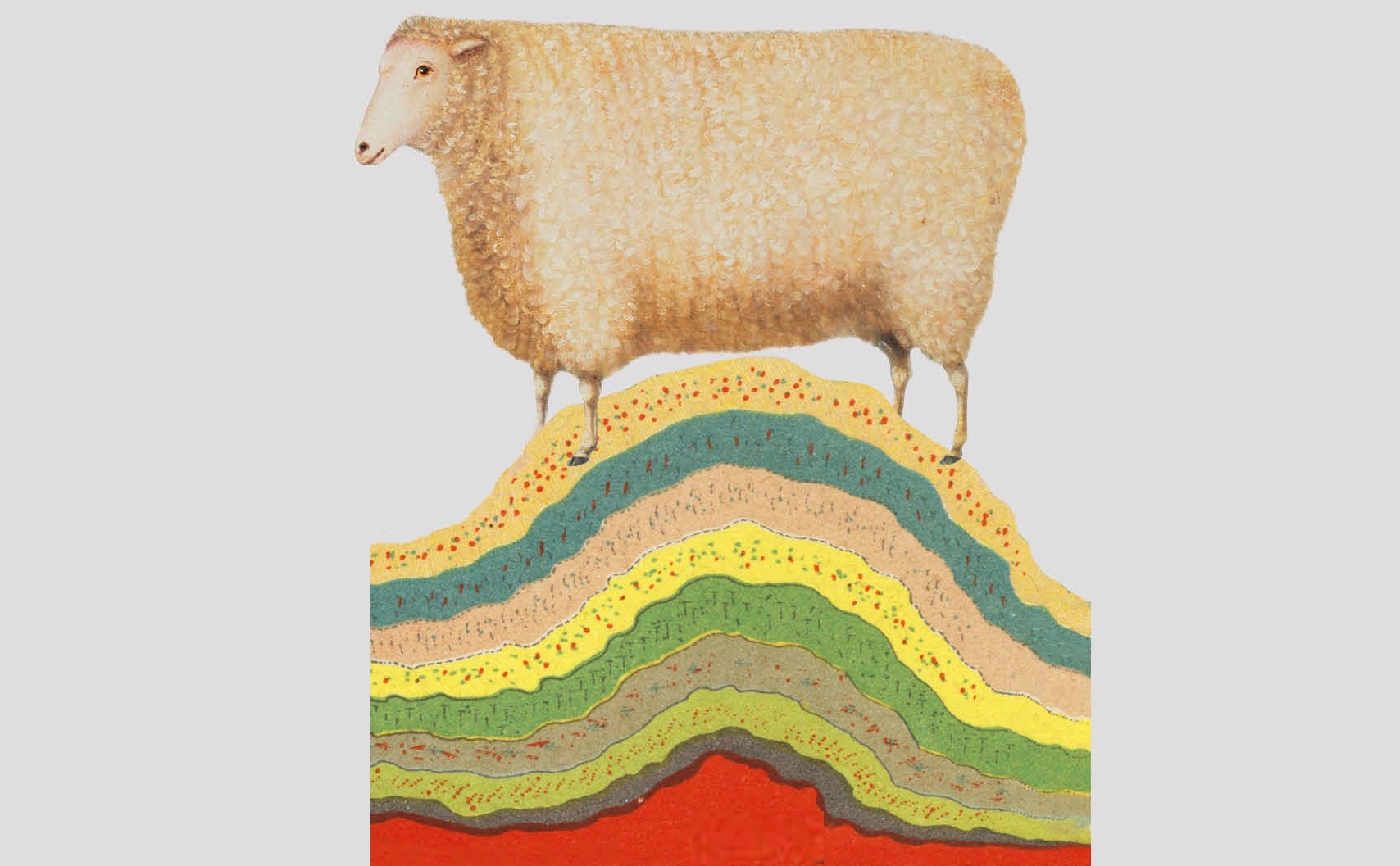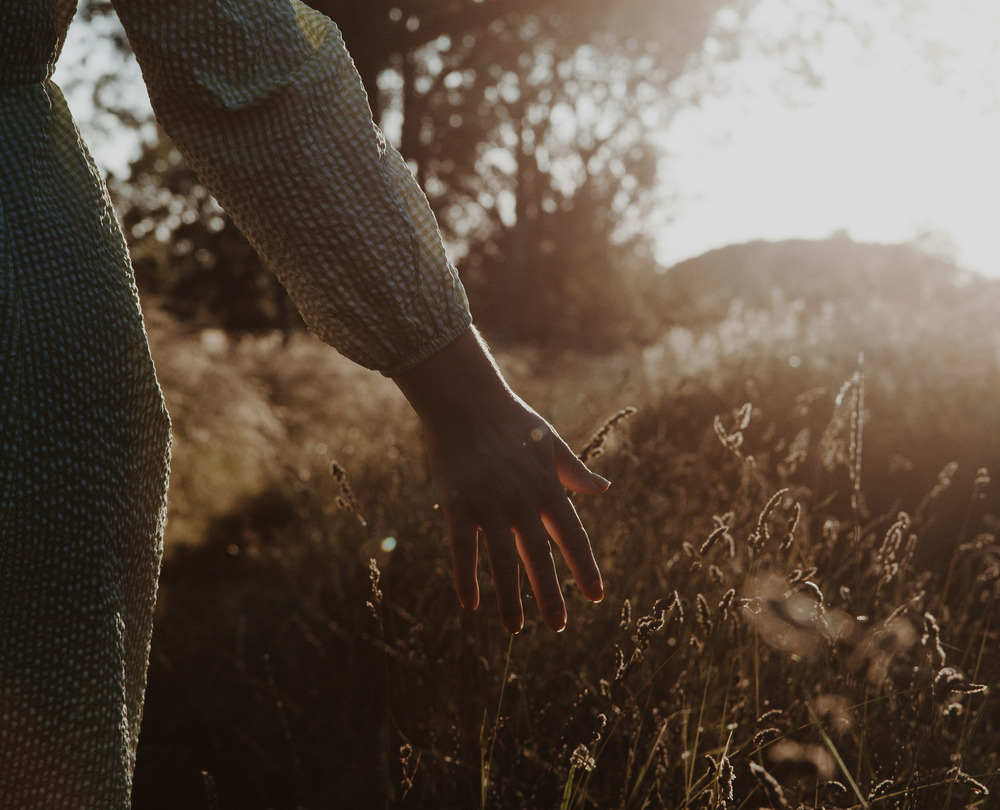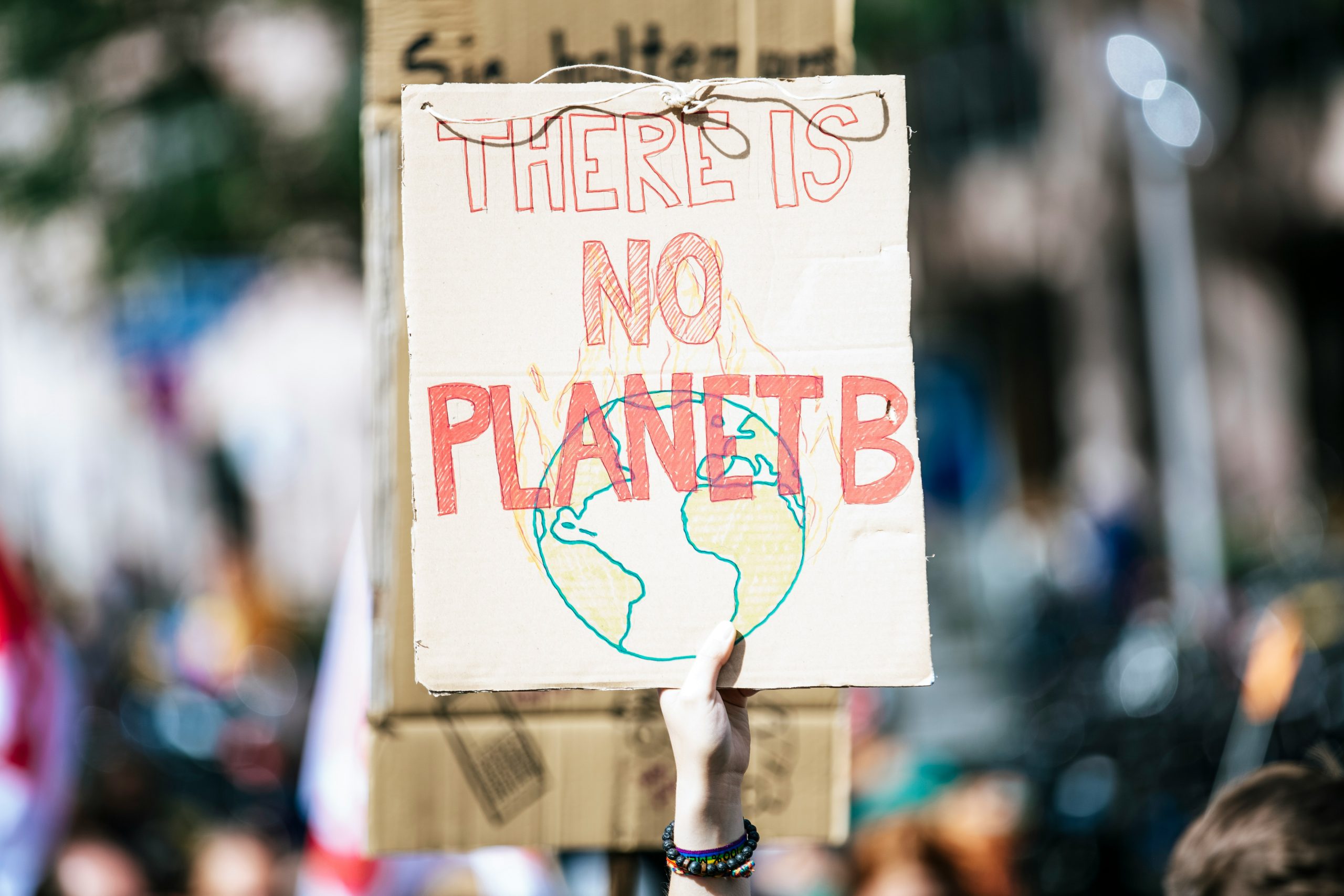Reading Lists
The 10 Best Umbrellas in Literature
The author of ‘Brolliology’ combs her bookshelf for superlative bumbershoots
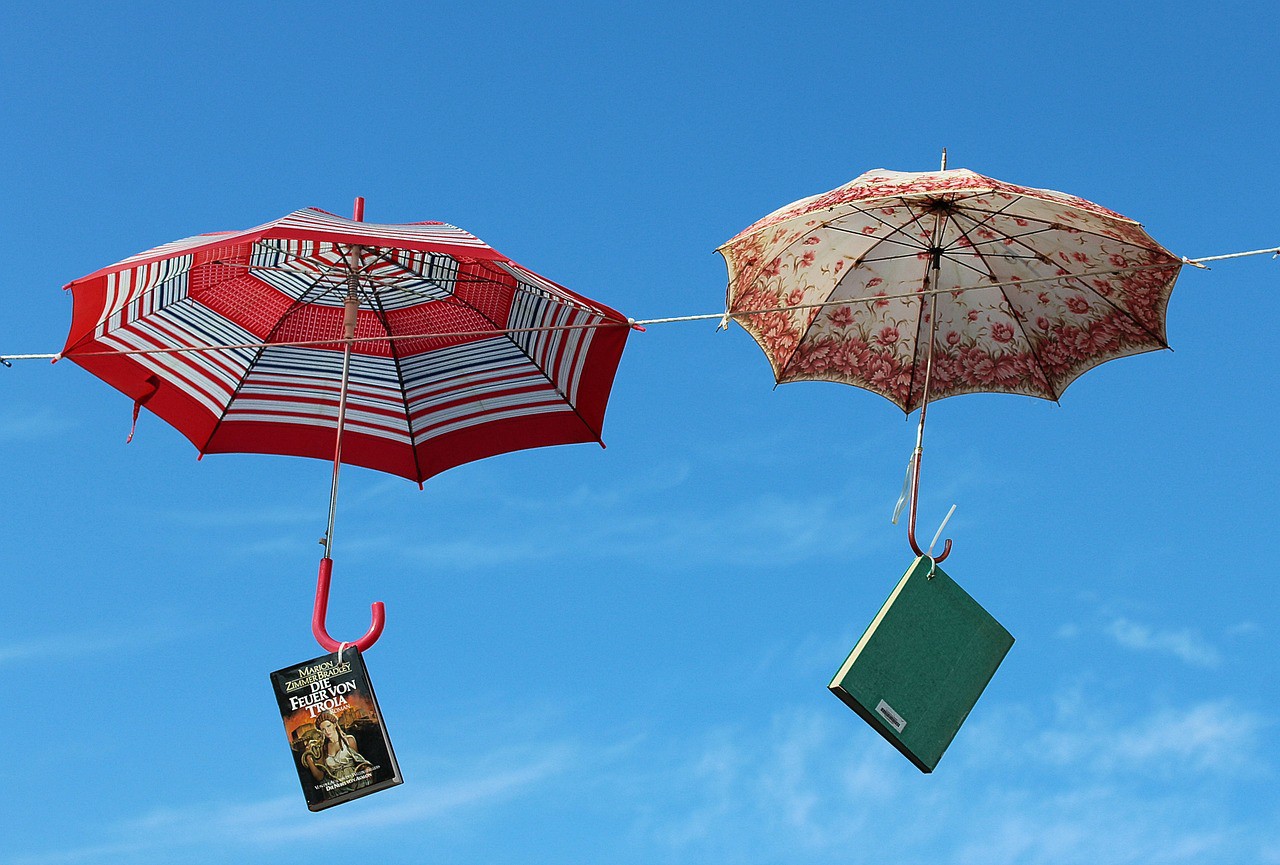
Like their real-life counterparts, umbrellas in fiction have a peculiar knack for getting lost, borrowed, stolen, and turning up in all sorts of unexpected places. They have been revered and reviled, cared for and cast aside, and used as weapons, shields, metaphors and even magic wands. Sometimes they slip into the action for a brief moment before ducking out again; other times, they are the catalyst for an entire novel. Perhaps most intriguingly, novelistic brollies frequently reflect real-world attitudes towards umbrellas, and the myriad meanings humans have invested in them over the centuries.
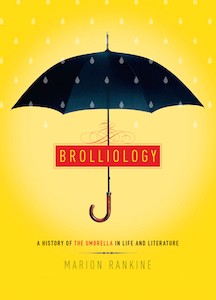
In researching my book Brolliology: A History of the Umbrella in Life and Literature, I’ve traced the humble bumbershoot’s origins and eventual domination, its reputation and moral associations, and even its erotic potential. Here is a collection of some of my very favorite literary umbrellas: from the pivotal to the mundane, the intriguing to the downright bothersome.

Howards End, E.M. Forster
When Helen Schlegel absent-mindedly abducts a stranger’s umbrella one day, she can little imagine the ramifications of her thoughtlessness. Her unfortunate victim is a clerk, Leonard Bast, who possesses very little money or social standing but yearns for education, art, culture. When he retrieves his brolly from the Schlegels’ house the gulf between their classes yawns wide — they have countless umbrellas; he has just the one, and it’s in appalling condition — and still wider as the Bast and Schlegel families become ever more entangled. What follows is a sensitive yet damning exploration of class relations, social norms and women’s rights in early 20th century England — a time when, in Forster’s words, “the Angel of Democracy” proclaims that “all men are equal — all men, that is to say, who possess umbrellas.”

The Umbrella Man, Roald Dahl
This short story is very Dahl, and wonderfully touches on truths that have followed umbrellas around for centuries: the sumptuousness of a well-made brolly, the class connotations attached to them, and the umbrella’s propensity to be lost, borrowed or stolen. I won’t give away the ending, but suffice it to say that, when George Borrow (an apt umbrella name if ever there was one) wrote in 1907 that “robbers never carry umbrellas” he could not have predicted the wildly inventive uses Dahl would put one (umbrella, and robber) to.
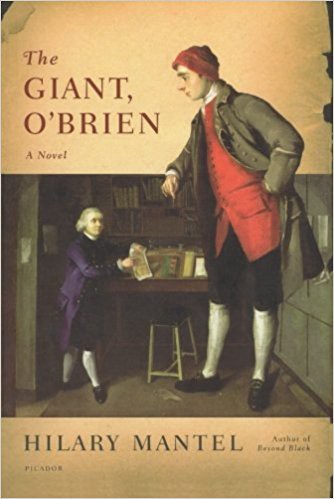
The Giant, O’Brien, Hilary Mantel
This novel is a fictionalized account of the “Irish Giant,” Charles Byrne. Fleeing the poverty of 1780s Ireland to seek fame and fortune on British shores, O’Brien and his friends arrive to a country quite different from their own, with a few novel inventions not seen in the course of their rural upbringing: staircases, and umbrellas. These “[canopies] on a stick,” as one character describes them, are in their earliest days of use in England, and Mantel deftly captures the real-world antipathy towards them with the reaction in her novel: boys like to throw stones after umbrella-carriers, and “collapse the tent on their heads, making them sopping.”

Elizabeth is Missing, Emma Healey
One of the unexpectedly pivotal characters of this novel is a woman living on the very edges of society. Driven mad by grief and trauma and shunned by her community, the woman carries an umbrella, “a shabby inky thing, half unfurled,” which she brandishes at passers-by (and occasionally hits them with). It’s an echo of a time when umbrellas were aligned, in the British imagination, with scruffy, disreputable, and decidedly lower-class characters. In fact, Healey’s “mad woman” has, in Australian author Ruth Park’s The Harp in the South, a literary sister: an Aunt Kathy who “went mad and danced Salome’s dance in her skin and an umbrella.”

Harry Potter and the Sorcerer’s Stone, J.K. Rowling
What child, reading the first Harry Potter book for the first time, could fail to be beguiled by the image of Hagrid, the hulking hairy half-giant who makes a dramatic appearance in the earliest hours of a rain-whipped morning, finally giving readers what they have longed for — a friend and rescuer for neglected Harry, and overdue comeuppance for his bullying cousin, Dudley? Certainly not ten-year-old me, and the frilly pink umbrella Hagrid swooshes through the air to conjure a curling pink pig’s tail from the seat of Dudley’s trousers has held a special place in my heart ever since. It’s not exactly a magical umbrella… but that’s another story.

Martin Chuzzlewit, Charles Dickens
It’s hard to narrow down Dickens’ best brolly mentions because there are so many, including at least two essays (“Please to Leave Your Umbrella,” in particular, is superb) and a whole cast of memorable characters. However, the most (in)famous is undoubtedly Mrs Gamp, the self-satisfied, generally sozzled nurse of Martin Chuzzlewit, whose dubious qualifications primarily consist of eating, drinking, and snoozing beside her long-suffering patients. So memorable was Mrs Gamp’s umbrella — terrorizing coach passengers with its pointy end, catching innocent bystanders around the throat with its handle — that her very name became synonymous with the objects, and “gamp” remains part of British vernacular to this day.
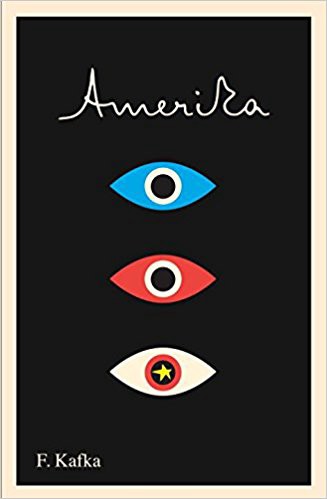
Amerika, Franz Kafka
Kafka’s first, and unfinished, novel, was in part inspired by Dickens — so it is entirely appropriate that it should contain an umbrella. Sixteen-year-old Karl Rossman has been shipped to America in disgrace after being seduced by a housemaid. He is about to disembark when he realizes he has left his umbrella in his cabin. In the process of trying to recover it he befriends a stoker, who takes him to the ship’s captain, who just happens to know Karl’s long-lost uncle, who offers Karl unlooked-for friendship and hospitality (for a time, at least; it wouldn’t be Kafka otherwise). The umbrella, as far as we hear, is never recovered.

Madame Bovary, Gustav Flaubert
Like her future husband, I became slightly besotted with Emma when she appeared in the early pages of Madame Bovary beneath a luminous sunshade on a molten spring day. Indeed, a sunshade, or an umbrella, accompanies her through much of the novel — most tellingly when she first expresses dissatisfaction with her marriage, or begins to fall in love. It is one of the more subtle, yet striking instances of an umbrella’s delicate eroticism and its ties to the individual.

Mary Poppins, P.L. Travers
No list of literary brollies would be complete without mention of the iconic Mary Poppins, whose umbrella accompanies her on adventures, errands, and the occasional flight over Cherry Tree Lane. The Poppins of the books is far sharper than Julie Andrews’ saccharine movie counterpart — and exceedingly vain about her parrot-headed accessory.

Umbrella, Will Self
Umbrellas abound in this linguistically playful, modernist jaunt of a novel set partly in an umbrella factory — and the text is absolutely crawling with brollies. They appear in the hands of almost every character; they are sprinkled liberally throughout as metaphors; they are intertwined with sex, death, dreams, memory, hallucinations, medicine, the moon landing — they even, in one or two memorable scenes, transcend human-umbrella boundaries entirely. Ever wondered what it might feel like to turn into an umbrella? Read this, and wonder no more.

About the Author
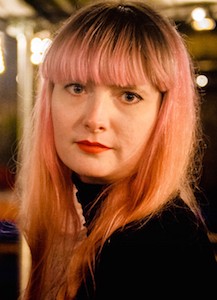
Marion Rankine is a London-based writer and bookseller. Her work has appeared in The Times Literary Supplement, The Guardian, Overland, and For Books’ Sake, among others. Her latest book is Brolliology: A History of the Umbrella in Life and Literature.





